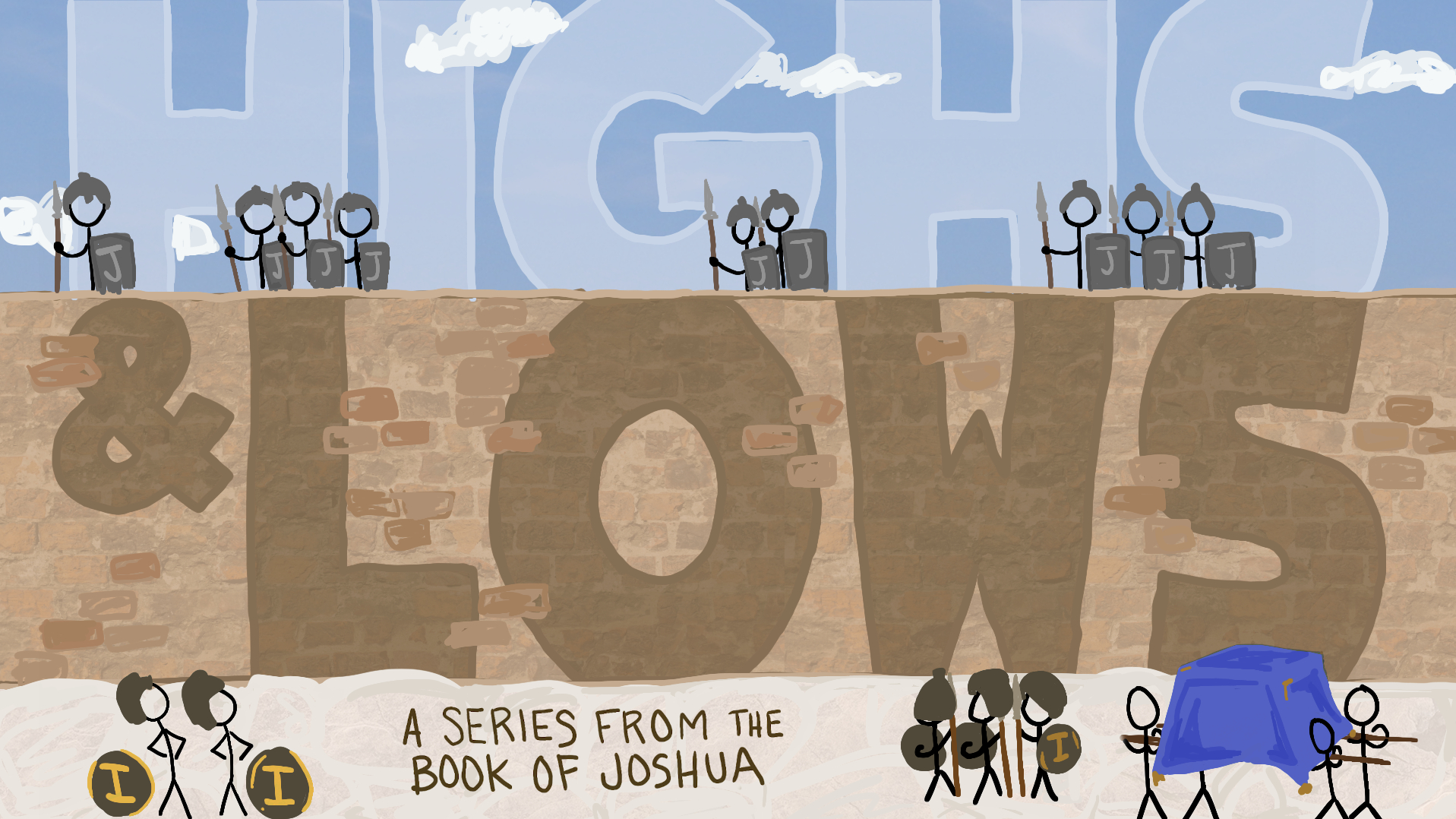
by admin | Jan 16, 2020 | Relationship Goals, Sermon Audio and Notes
4 Love is patient, love is kind. It does not envy, it does not boast, it is not proud.
1 Corinthians 13: 4
Before tackling the first verse of the most classic Christian wedding reading, in this sermon Ian takes a few minutes to define love and identify the nuances of love as it was written about in the Ancient Greek in which 1 Corinthians was written. He establishes that the love referred to here is not exclusively, or even primarily, romantic love but is agape love, which expresses “the unconditional love of God for his children,” or as Thomas Aquinas wrote, is “to will the good of another.” Knowing this, he then teaches on the expression of kindness and patience inherent in love as well as the lack of envy, boasting, or pride that marks actions of true love. To follow through with living like this today, he teaches, is a counter cultural act. The question, are we really loving
Our next steps for this week:
- Read and slowly meditate on each of the five attributes of love in verse 4
- As you do that for each one, slowly in turn, apply Tom Wright’s suggestion and think about the following questions:
- How do we see this quality in Jesus?
- How do I see, or not see, this quality in myself?
- How can I change in my life to achieve this quality?
- What changes do I need to make to live in a loving and counter cultural way?
Ian heavily referenced Tom Wright (or N.T. Wright) in this sermon. If you’re interested in reading more of N.T. Wright’s Bible Study commentary on 1 Corinthians as we continue in this series, you can find and purchase the commentary here.
Catch up on earlier Relationship Goals sermons: Week 1

by admin | Oct 2, 2019 | Highs and Lows, Sermon Audio and Notes
In Week 5, Ian Farrimond proposes this pattern for our lives: Looking back, moving forward. Where does he get it? In Joshua 3 and 4, God leads the Israelites across the Jordan river. As the priests enter the river, God pulls back the water and leads his people across it on dry land. Then, Joshua collects the 12 stones each of the tribes of Israel has carried from the Jordan. He builds a monument with them, what we call the Ebenezer stone. Why? Joshua says: “In the future when your descendants ask their parents, ‘What do these stones mean?’ tell them, ‘Israel crossed the Jordan on dry ground.’ ” The monument was built to help them remember.
But we don’t remember just for the sake of it. We remember our past that we might learn from it and more forward into the future. The ebenezer stone was a marker of what God had done, so the Israelites could look back and be encouraged as they moved forward. The ebenezer stone was a way to tell the story to those who were not there to experience it themselves. Listen to the sermon, contemplate your “crossing the Jordan moments,” and see the faithfulness of God.
In the Highs and Lows series, we are going through the book of Joshua. Together, we examine the ever varying seasons of our lives by using the Bible’s story of the Israelites entering the land of God’s promise as a mirror. Reflected in this story we will find moments of celebration, of crisis, of faith, of doubt, of winning, and of losing. Sometimes we will find highs and lows both in the very same moment. A new generation of Israel wrestles with themselves and their leader, Joshua, to trust God and go where he leads them. We, too, wrestle with our own faith (or lack thereof.) No life is devoid of highs; no life is devoid of lows. And no life is devoid of God if we choose to open up our eyes and seek him, no matter where we are on our journey. Welcome to Highs and Lows.
Catch up: Week 1, Week 2, Week 3, Week 4




Recent Comments